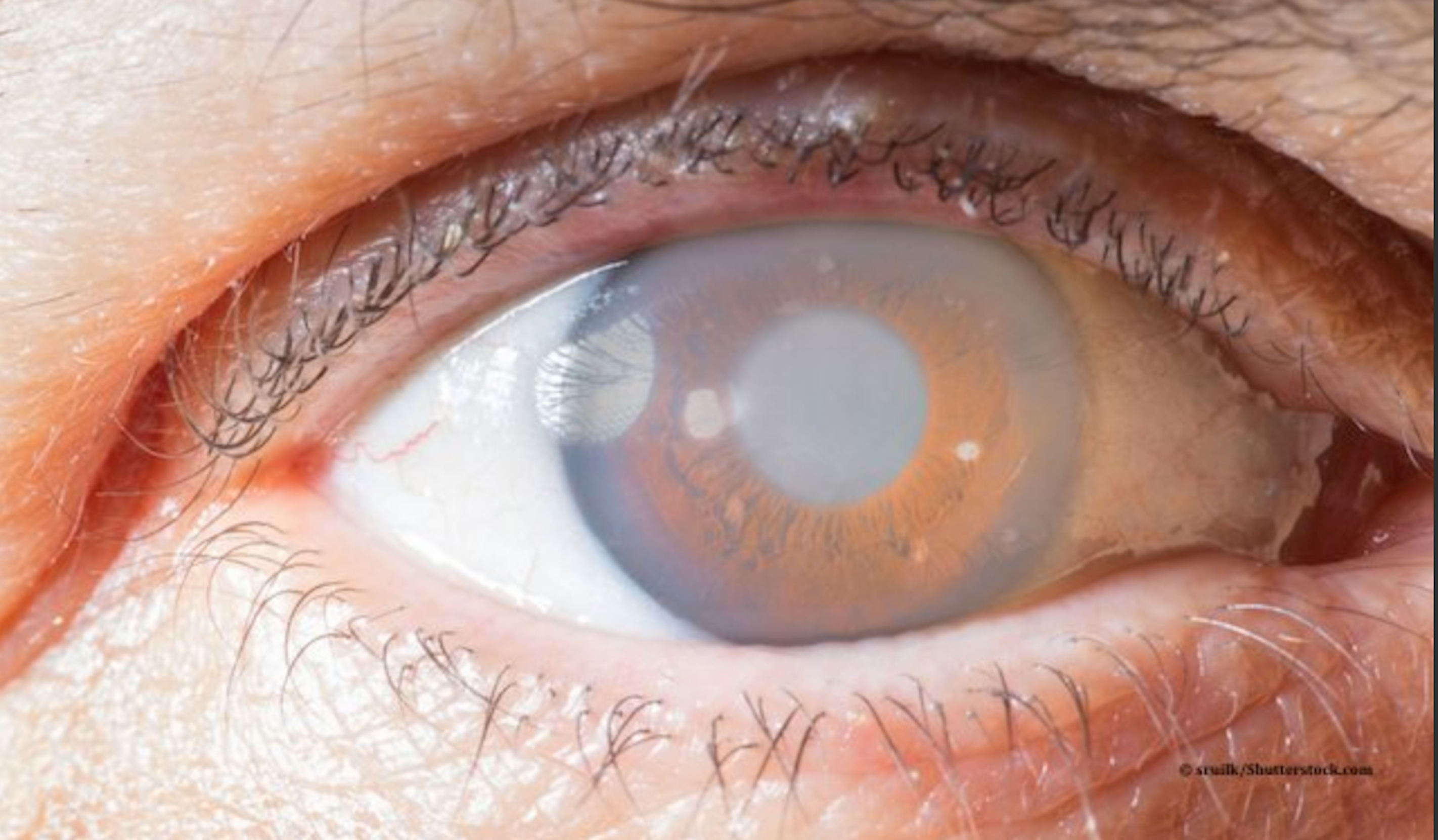Article
Alternative delivery of glaucoma medications more than a dream
Author(s):

Reviewed by Sahar Bedrood, MD, PhD
Glaucoma physicians are on the verge of stepping into the future with the development of alternative delivery methods of glaucoma medications underway, according to Sahar Bedrood, MD, PhD, a glaucoma specialist at Advanced Vision Care and an adjunct assistant clinical professor of ophthalmology at the USC Roski Eye Institute in Los Angeles.
This development of alternative delivery methods is a major event considering that it took 100 years for timolol to be developed, she pointed out. This was not so quickly followed by the prostaglandins 30 years ago, combination drops, and the most recent rho kinase inhibitors.
Currently, a leap forward occurred with the availability of intracameral drug delivery into the anterior chamber and sustained-release products.
In addition, anti-glaucoma drug delivery also may be possible via other options such as a drug-eluting device anchored into the angle, contact lenses containing glaucoma drugs, the canalicular approach, and port delivery Bedrood reported.
On the market
Intracameral sustained delivery of bimatoprost SR (Durysta, Allergan) is now available. The drug, which is on a biodegradable polymer, requires 1 administration into the anterior chamber and releases drug for up to 15 weeks. Longer efficacy has been reported in a subset of patients. “In these patients, no drug is in the eye, but the efficacy is thought to be related to remodeling of the trabecular meshwork resulting in chronic lowering of the IOP,” Bedrood explained.
Bedrood reported that the 24-month phase 1/2 clinical trial of bimatoprost SR showed that 1 implant lowered the IOP for up to 1 year in 40% of patients and at 2 years in 28% of patients with a second implant.1
This implant is placed into the eye typically during an office procedure. She described that the needle is inserted in the same manner as when performing a paracentesis, with the exception that the surgeon aims inferiorly to avoid going behind the iris or through the pupil (video).
Not yet marketed
Travoprost (iDose TR, Glaukos), a drug implanted into the angle, is intended to provide continuous drug delivery. The implant was found to be safe and effective for 24 months. The implant can be replaced when the drug is depleted. The 36-month analysis showed a mean IOP decrease of 8.5 mm Hg of fast- and slow-eluting membranes. A phase 3 trial is currently underway.
In the future, the travoprost device will deliver a bigger drug payload and longer duration of effect.
The future also holds promise of an intracameral hydrogel implant of travoprost. This implant is intended to release the drug over a 47-month period.
Sustained-release steroids intended for postoperative glaucoma care are also on the horizon. The dexamethasone ophthalmic implant (Dextenza, Ocular Therapeutix) is an intracanalicular insert placed into the lower lacrimal punctum that is designed to release the steroid over 30 days.
Dexamethasone intraocular suspension is placed under the iris to provide a long duration of steroid treatment.
Intravitreal injections of glaucoma drugs are not yet available, but, she believes, they are in the pipeline.
“Port delivery of glaucoma drugs seems to be an ideal way to deliver drugs to glaucoma patients in the long term,” Bedrood explained. “While there is nothing on the horizon for that at the moment I believe the future of glaucoma includes investigation into that drug delivery system” she stated.
Bedrood concluded that the alternative measures are very much a reality.
“They are in the early stages of development and will be developed over time,” he concluded. “We need this for better patient adherence, better 24-hour control of IOP, and to lower the therapeutic costs.”
Sahar Bedrood, MD, PhD
This article is adapted from Bedrood’s presentation at the American Society of Cataract and Refractive Surgery’s recent annual meeting in Washington DC. She is a speaker consultant for Allergan/Abbvie and Glaukos.
Reference
1 Craven ER, Walters T, Christie WC, et al., Bimatoprost SR Study Group. 24-Month phase I/II clinical trial of bimatoprost sustained-release implant (bimatoprost SR) in glaucoma patients. Drugs 2020;80:167-79; doi: 10.1007/s40265-019-01248-0.
Newsletter
Don’t miss out—get Ophthalmology Times updates on the latest clinical advancements and expert interviews, straight to your inbox.




